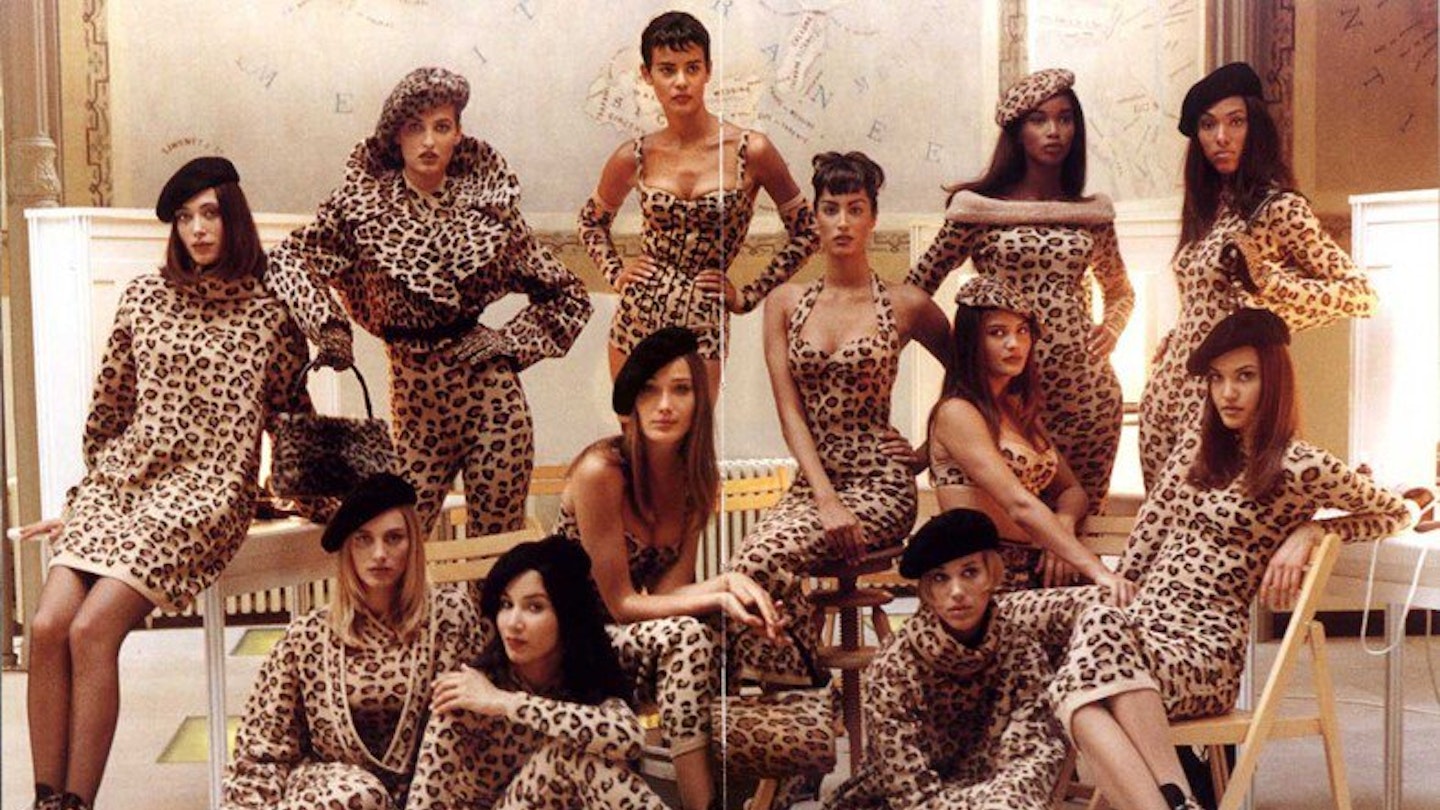Leopard print is a print with a history. It’s divisive. It’s beloved. It’s gone from the choice of a certain type of woman (please note, the italics represent an eye-roll!) to a pattern now considered a fashion classic. Technically, leopard is a catch-all term for all big cat prints, including cheetah, ocelot or jaguar. Big cat energy, if you will. But since J Crew’s former creative director Jenna Lyons announced that ‘As far as I’m concerned, leopard is a neutral’, the print has been accepted in an entirely new, totally versatile way.
Leopard is writ large in my own life. It is a print that has never failed me. I’ve had animal-print Christmas presents in my stocking since my tweens, my pre-wedding hen party was animal-themed – and I even got married in a pair of leopard Jimmy Choo shoes that my husband had bought me for my thirtieth. Even now, in my forties, I wear the print and it makes me feels cool and sexy and powerful – and seriously, I hope that feeling never leaves me.
Leopard motifs have been used to signify power and confidence for centuries. Let’s just take a minute to appreciate its rich and varied history. Egyptian slabs have been found decorated with goddesses wearing leopard or cheetah hide. Seshat, the Egyptian goddess of wisdom, was one such goddess depicted in leopard. In the eighteenth and nineteenth centuries leopard fur and the clothes made from it signified great wealth and status. But it wasn’t until the twentieth century, when mass-manufacturing began and synthetic fabrics were readily available, that the print went mainstream.
In all of its many forms – from rebellious to muted to sophisticated – leopard makes a statement.
Tacky to some, yet to others it was the epitome of all things glamorous – and sexy. Legendary French designer Christian Dior was the first to use leopard in his ‘New Look’ catwalk show in 1947. Instead of a fur, or faux fur, he began to regularly use it as a print – and famously said, ‘If you are fair and sweet, don’t wear it.’ For Dior and designers who came later, including Roberto Cavalli, Gianni Versace and Barbara Hulanicki of Biba, leopard print was for sophisticated, strong and sexually experienced women – those who completely understood their own sexual power.
READ MORE: We've Fallen Back In Love With Animal Print Thanks To Tiger King
It was seen on style icon Jacqueline Kennedy, who wore an Oleg Cassini leopard coat on a trip to India in 1962 – and which actually led to a huge spike in the demand for real leopard skin (although it was something Cassini felt hugely guilty about and it ultimately led to the Endangered Species Act of 1973 in the US, which banned its importation and sale).
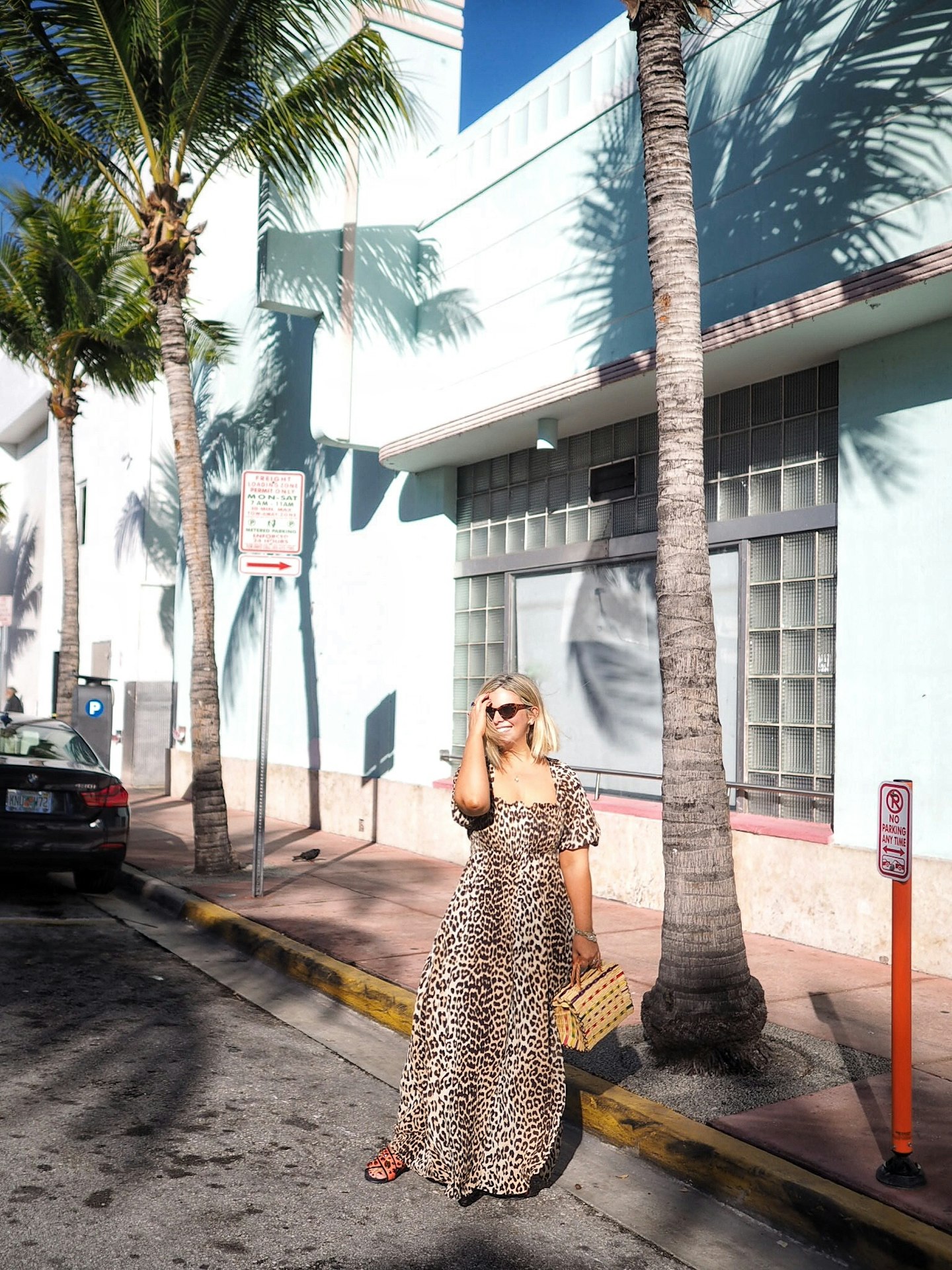
Bob Dylan sang about Edie Sedgwick’s ‘leopard-skin pill-box hat’ on his Blonde on Blonde album in 1966, while designer Diane von Furstenberg created office-friendly wrap dresses in the pattern. And designer Azzedine Alaïa elevated the print again in the early nineties – his 1991 show featured supermodels Naomi Campbell, Linda Evangelista and Christy Turlington head to toe in leopard.
Former First Lady Michelle Obama, singer Beyoncé and the aforementioned fashion creative Jenna Lyons have all understood the appeal of modern-day versions of the print, bringing a daytime sensibility to it, rather than a sexually provocative after-hours look. For, in all of its many forms – from rebellious to muted to sophisticated – leopard makes a statement. Perhaps its appeal has something to do with the way we feel about the animal itself. It is beautiful, but we know the dangers. It could be why we have such strong reactions to women wearing it – we can appreciate their beauty, but we might just be a little intimidated.
READ MORE:The Best Leopard Print Midi Skirts That You Can Wear Season After Season
Yet we live in a time when women are rewriting the rules about what it is to be a modern female. We are pulled in different directions, with responsibilities and roles in many areas. In the wider world, women are no longer staying silent – calling out gender inequality and social injustice is being encouraged and supported. Females are redefining what it means to be a ‘strong woman’ – and the pattern feels relevant to that story. It demands to be seen – and so do we.
Extracted from Leopard is a Neutral: A Really Useful Style Guide by Erica Davies****, out now published by Yellow Kite, RRP £16.99. Follow Erica on Instagram @erica_davies
SHOP: The Best Leopard Print Skirts
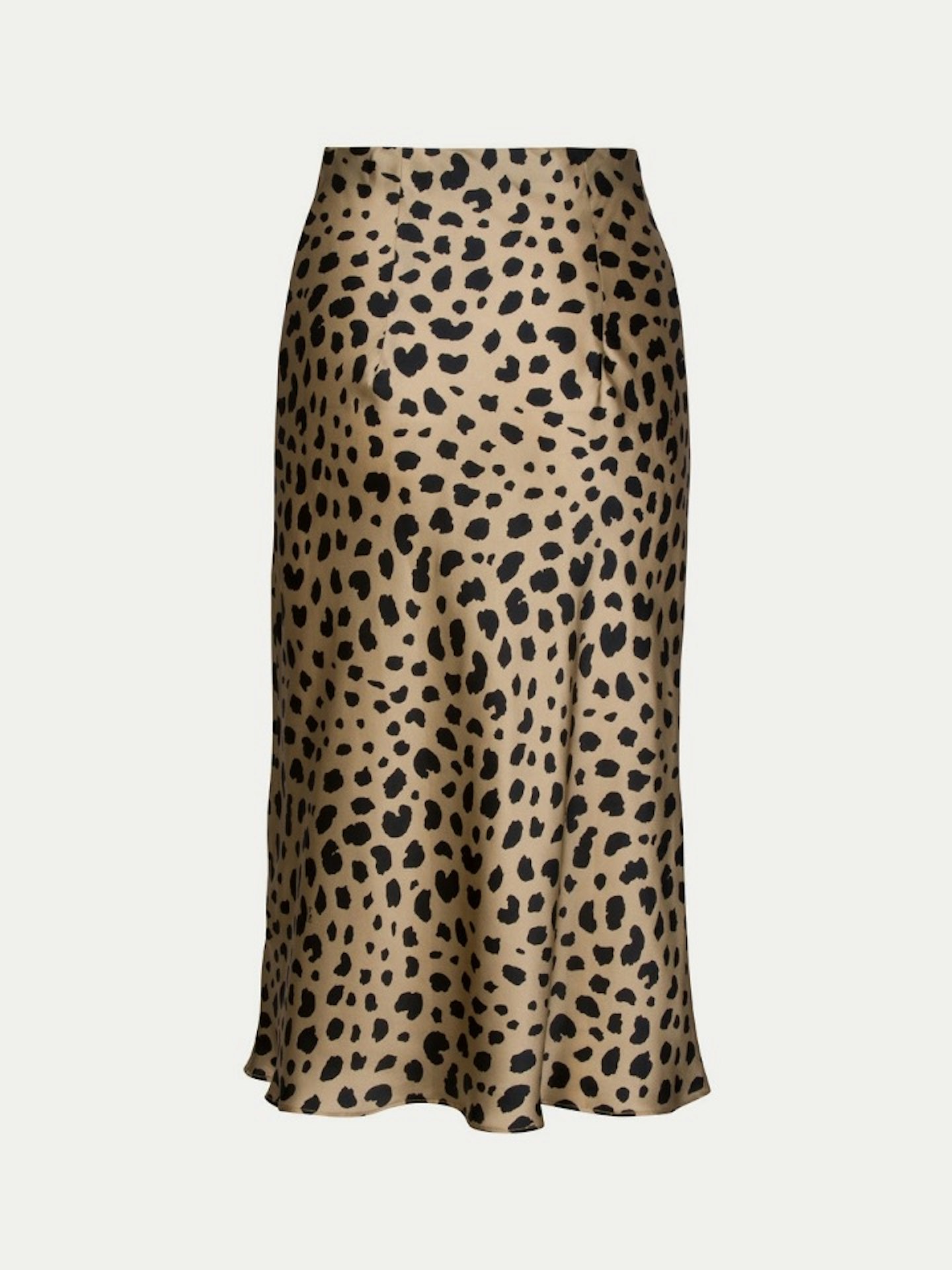 1 of 10
1 of 10Réalisation Par, Naomi Leopard Print Skirt, £175
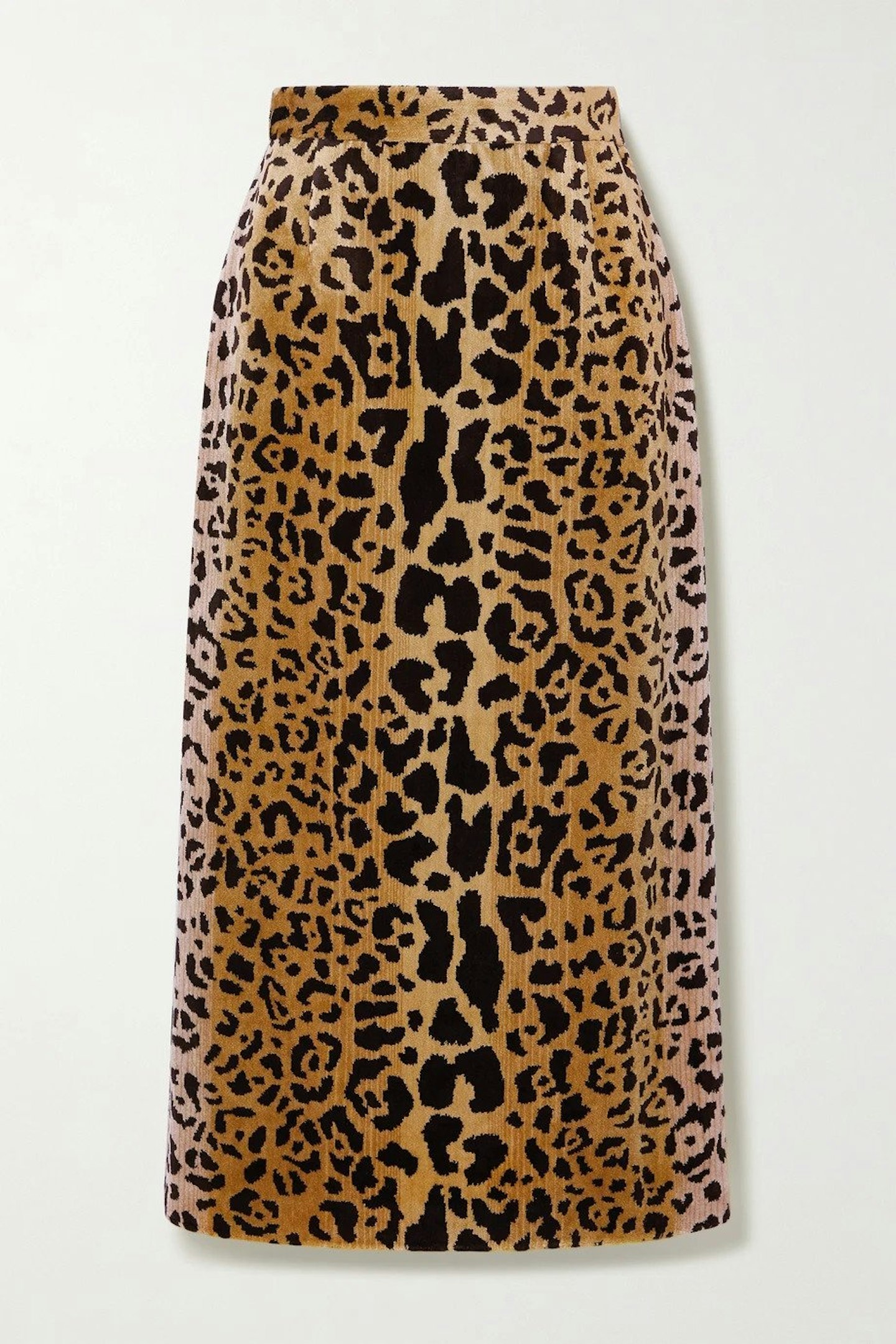 2 of 10
2 of 10Miu Miu, Velvet Midi Skirt, £1,200
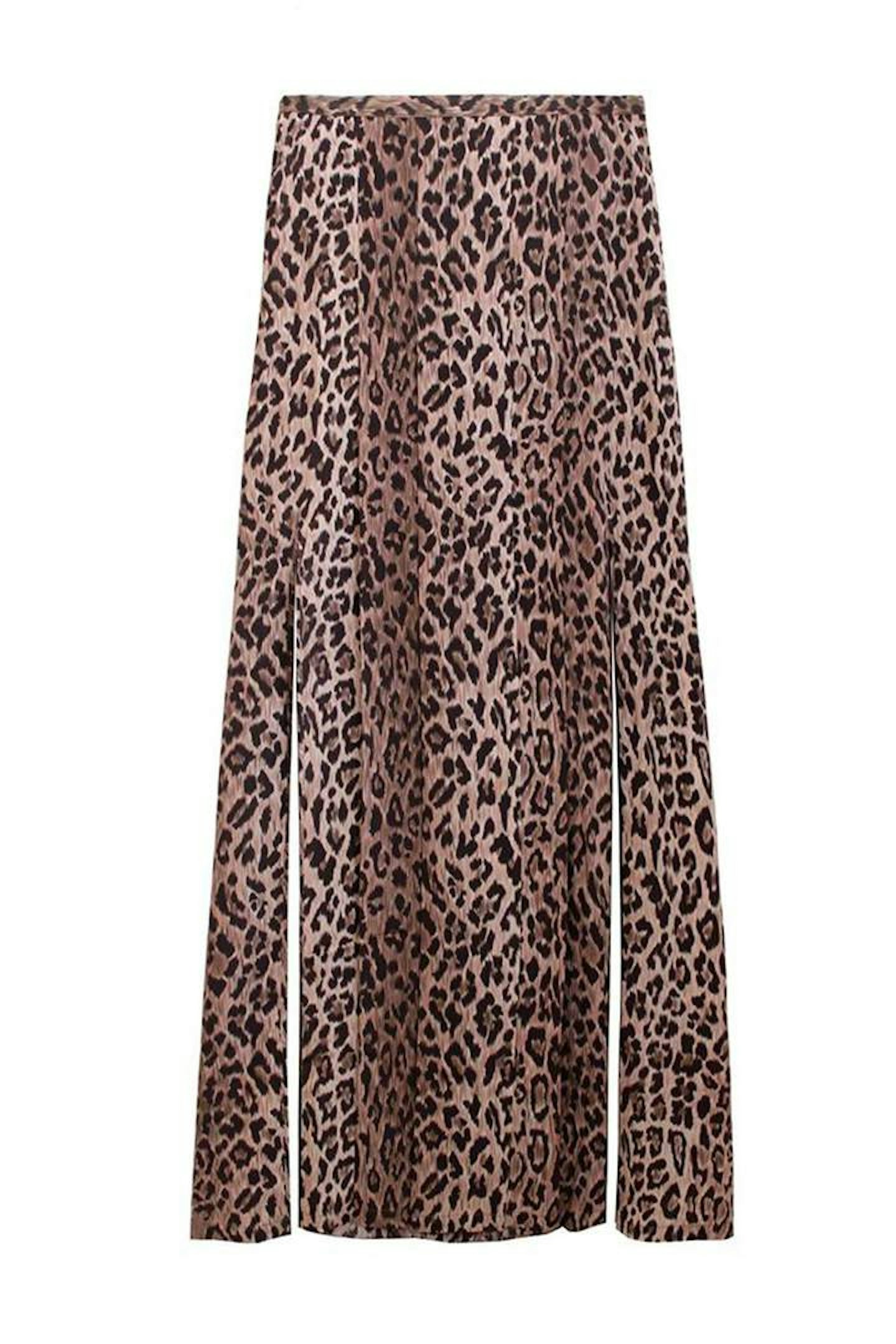 3 of 10
3 of 10Rixo, Leopard Print Midi Skirt, £215
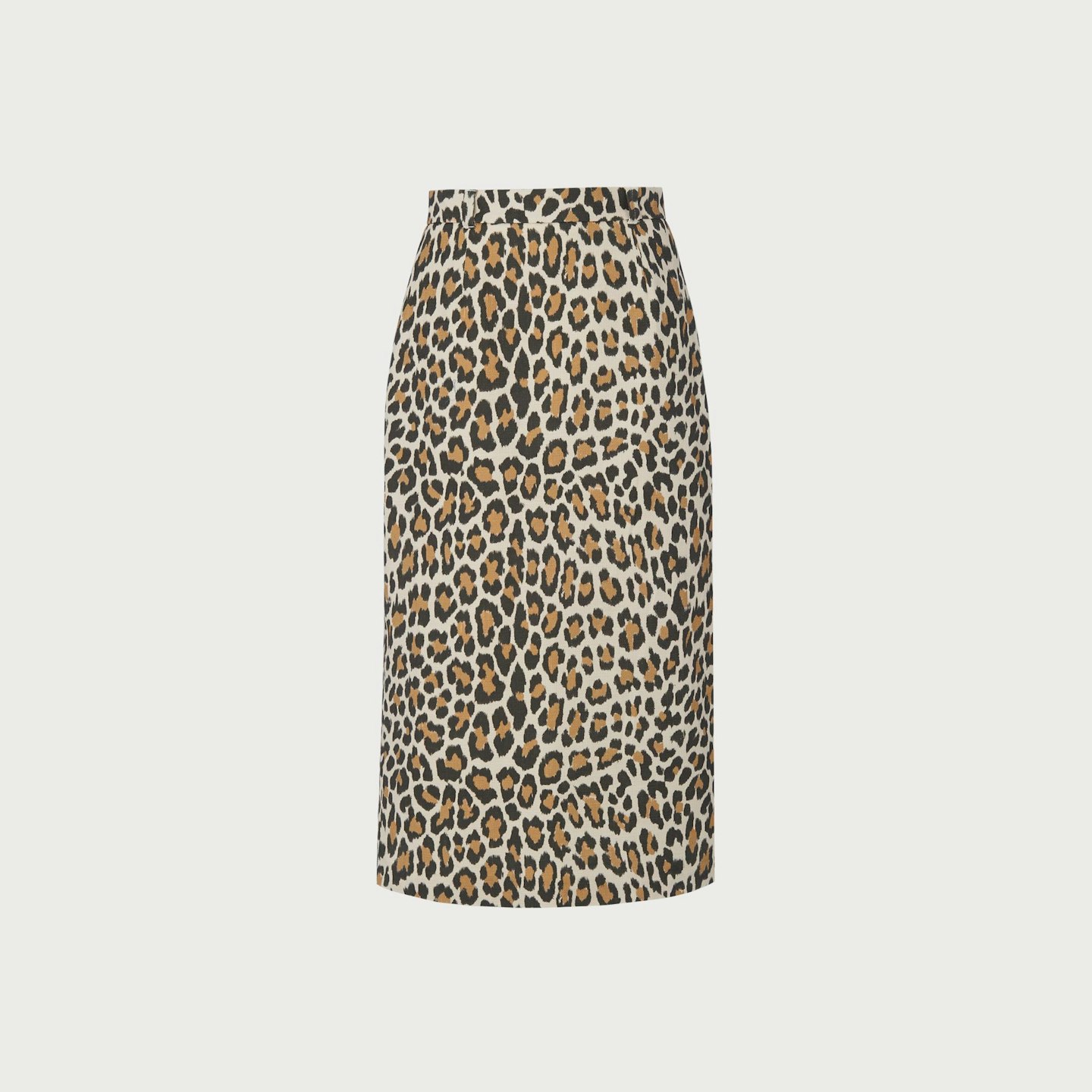 4 of 10
4 of 10L.K.Bennett, Leopard Print Pencil Skirt, WAS £150 NOW £60
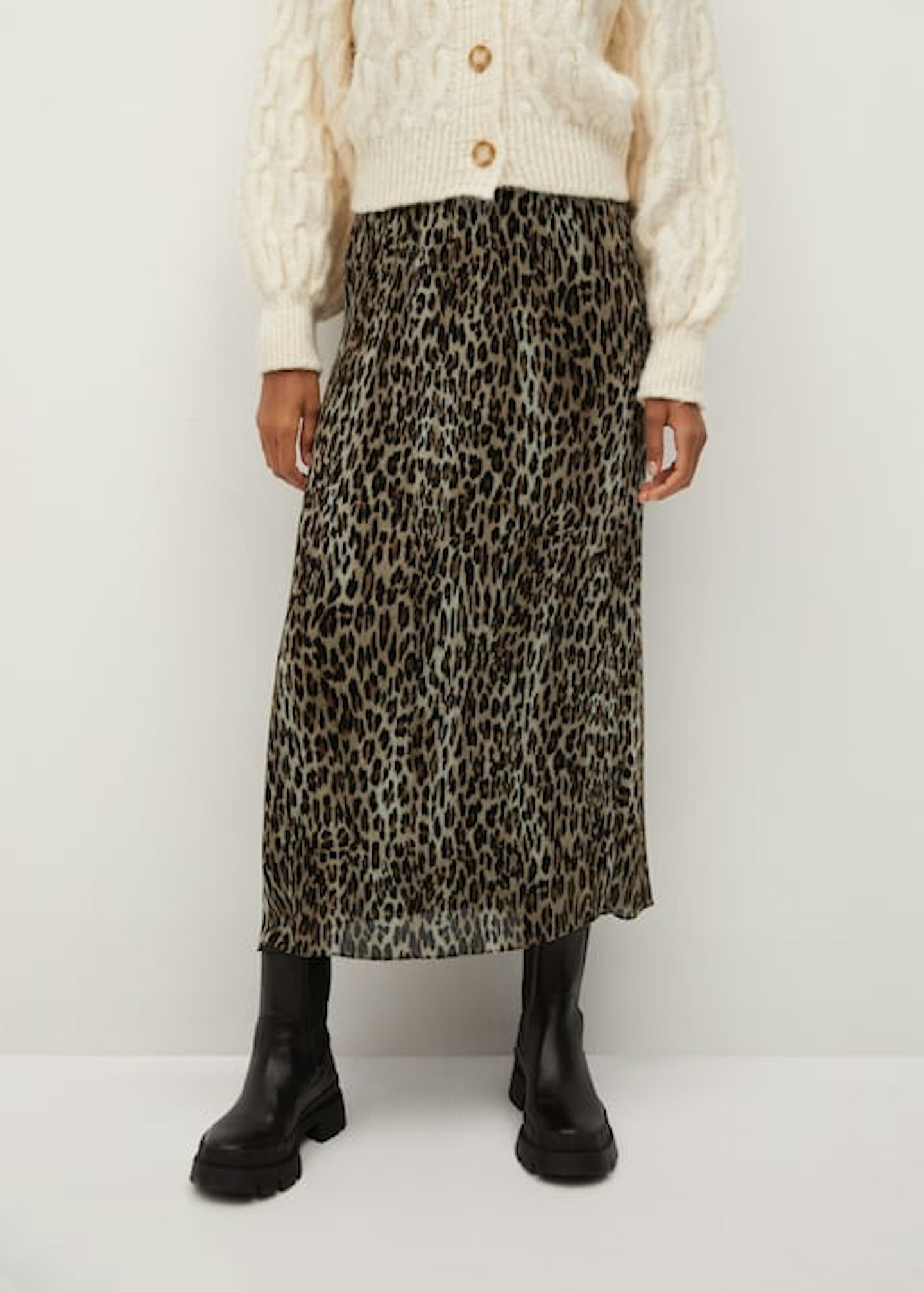 5 of 10
5 of 10Mango, Printed Pleated Skirt, £49.99
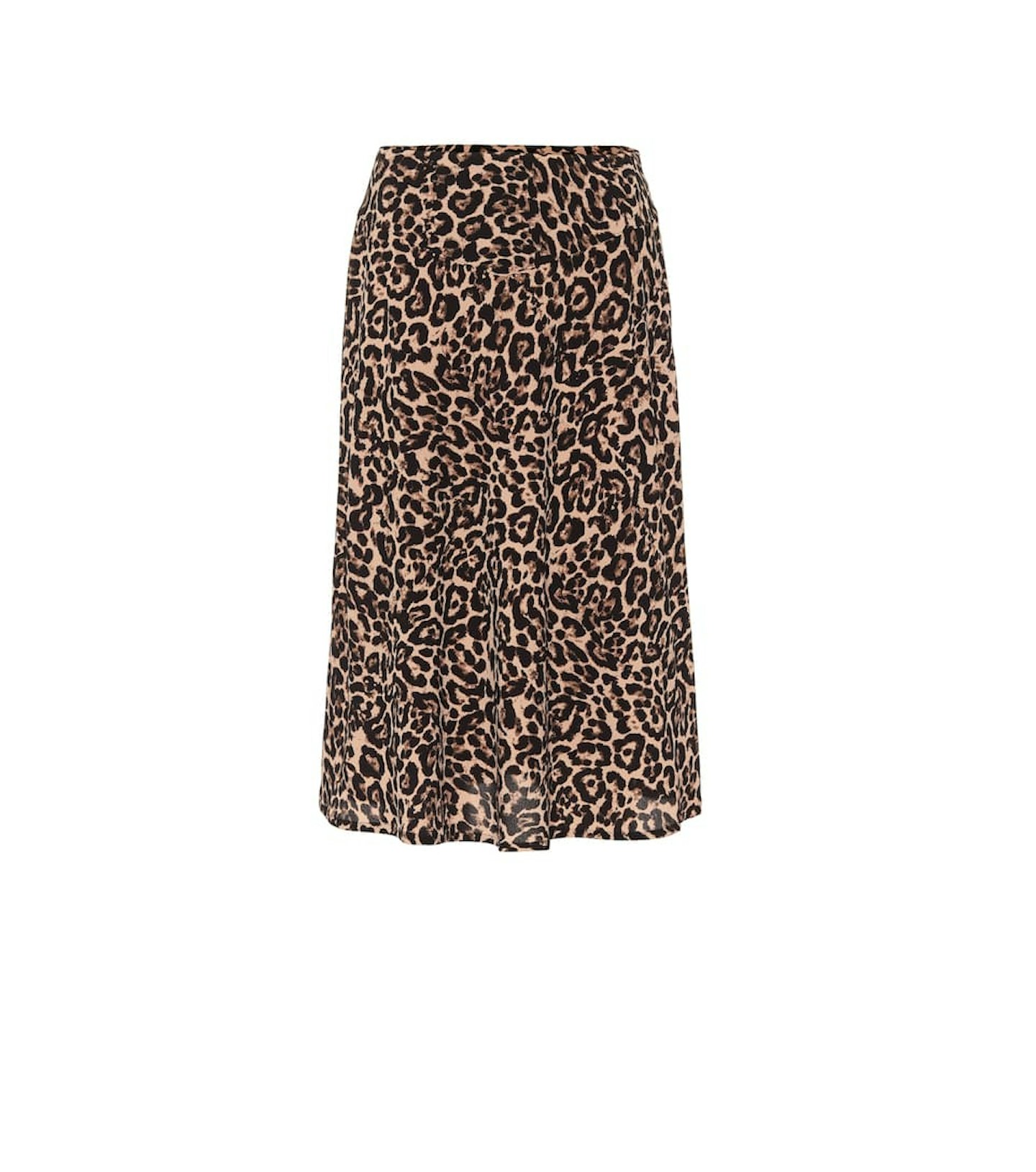 6 of 10
6 of 10Baum und Pferdgarten, Leopard Print Midi Skirt, £149 at MyTheresa
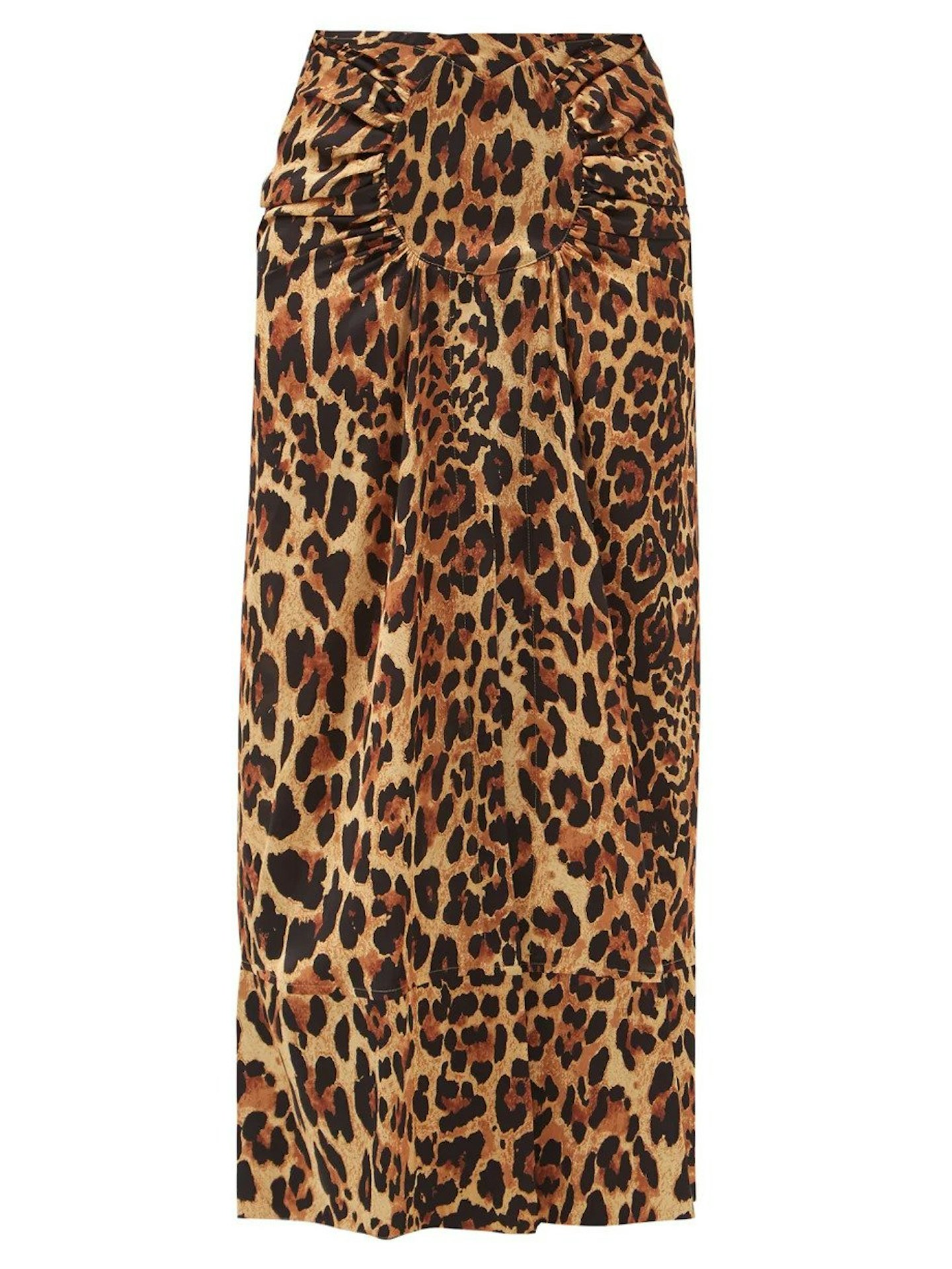 7 of 10
7 of 10Paco Rabanne, Silk Midi Skirt, £224 at MATCHESFASHION
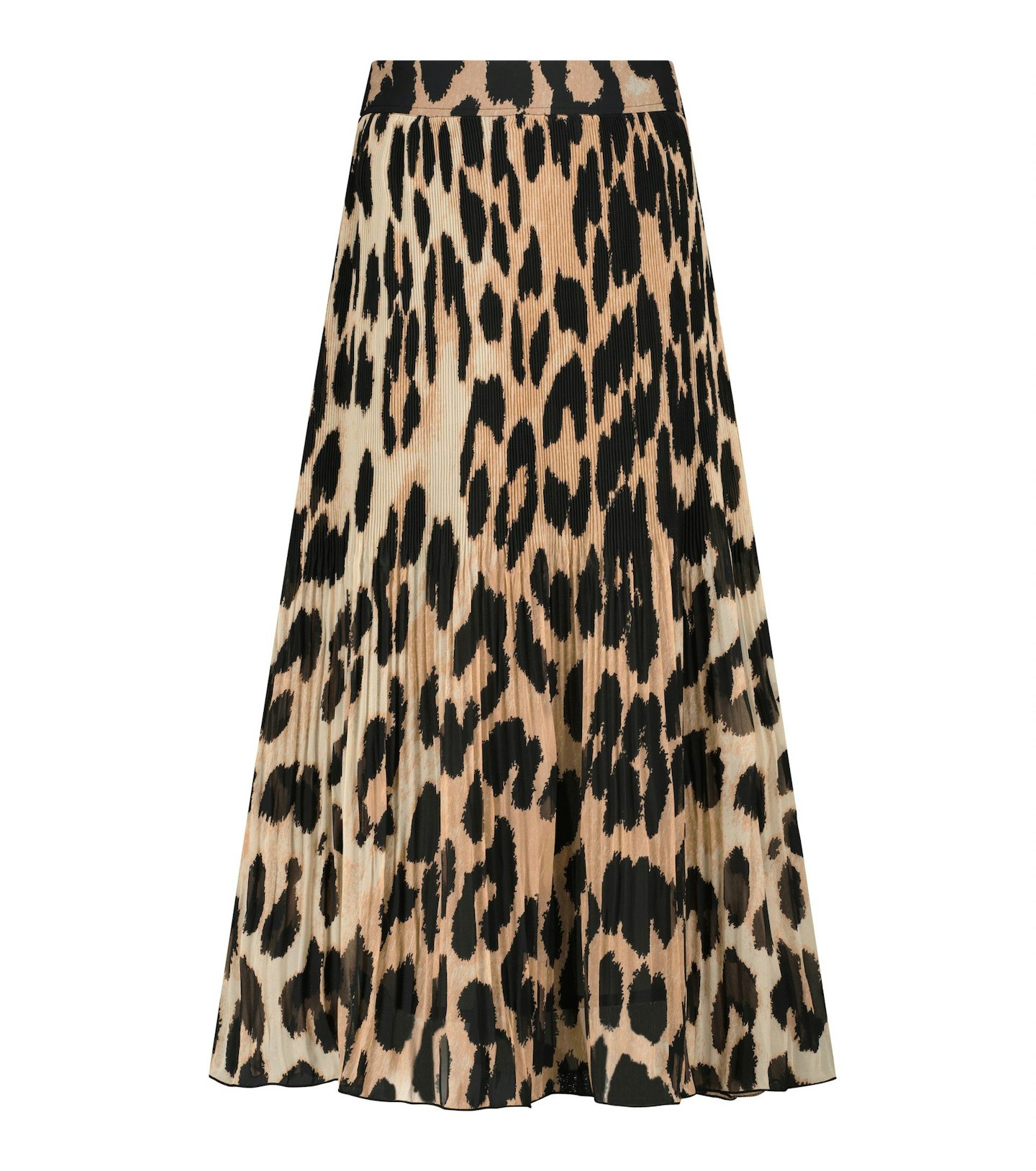 8 of 10
8 of 10Ganni, Leopard-print georgette midi skirt, £165 at MyTheresa
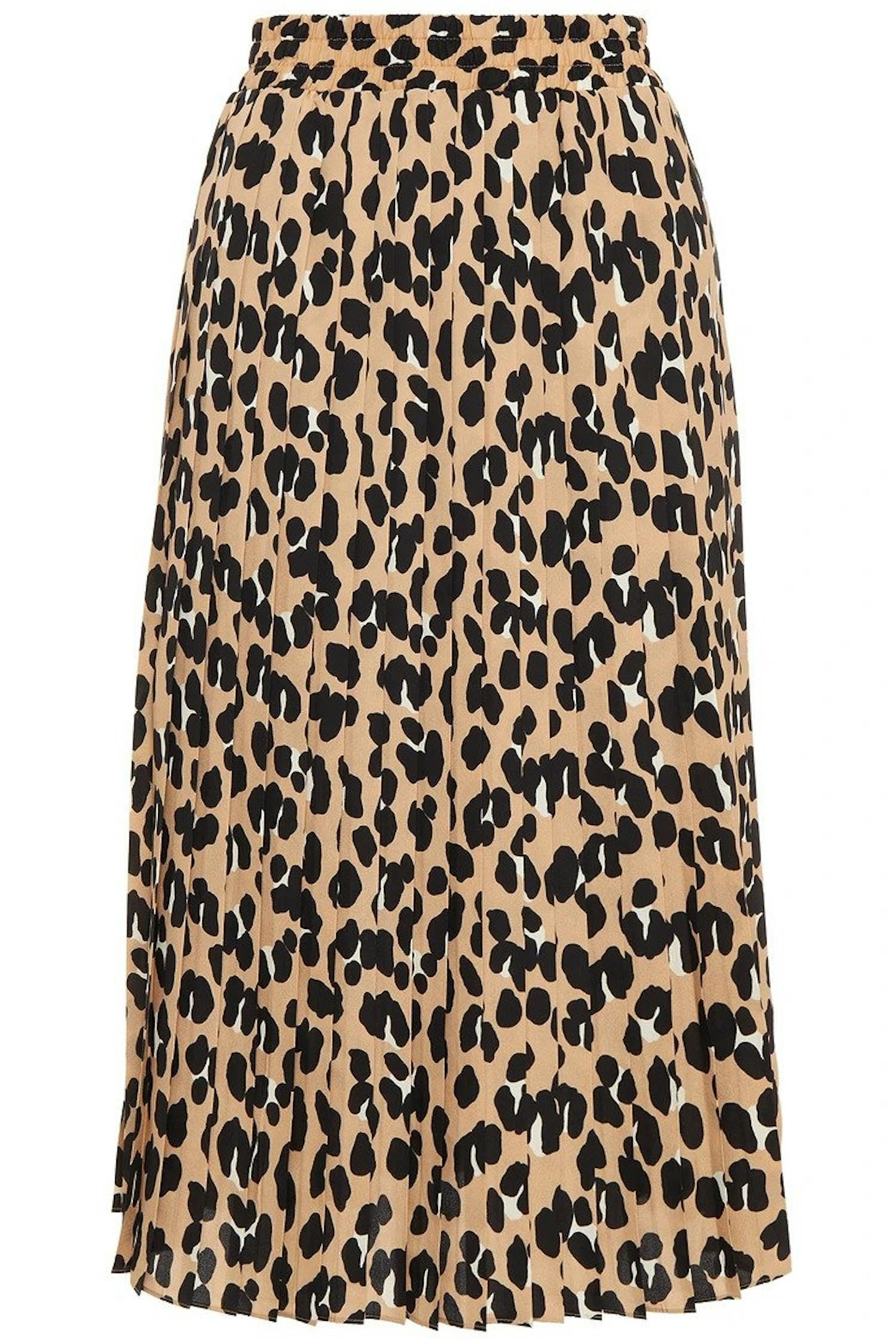 9 of 10
9 of 10Kate Spade, Animal Crepe Midi Skirt, £147 at The Outnet
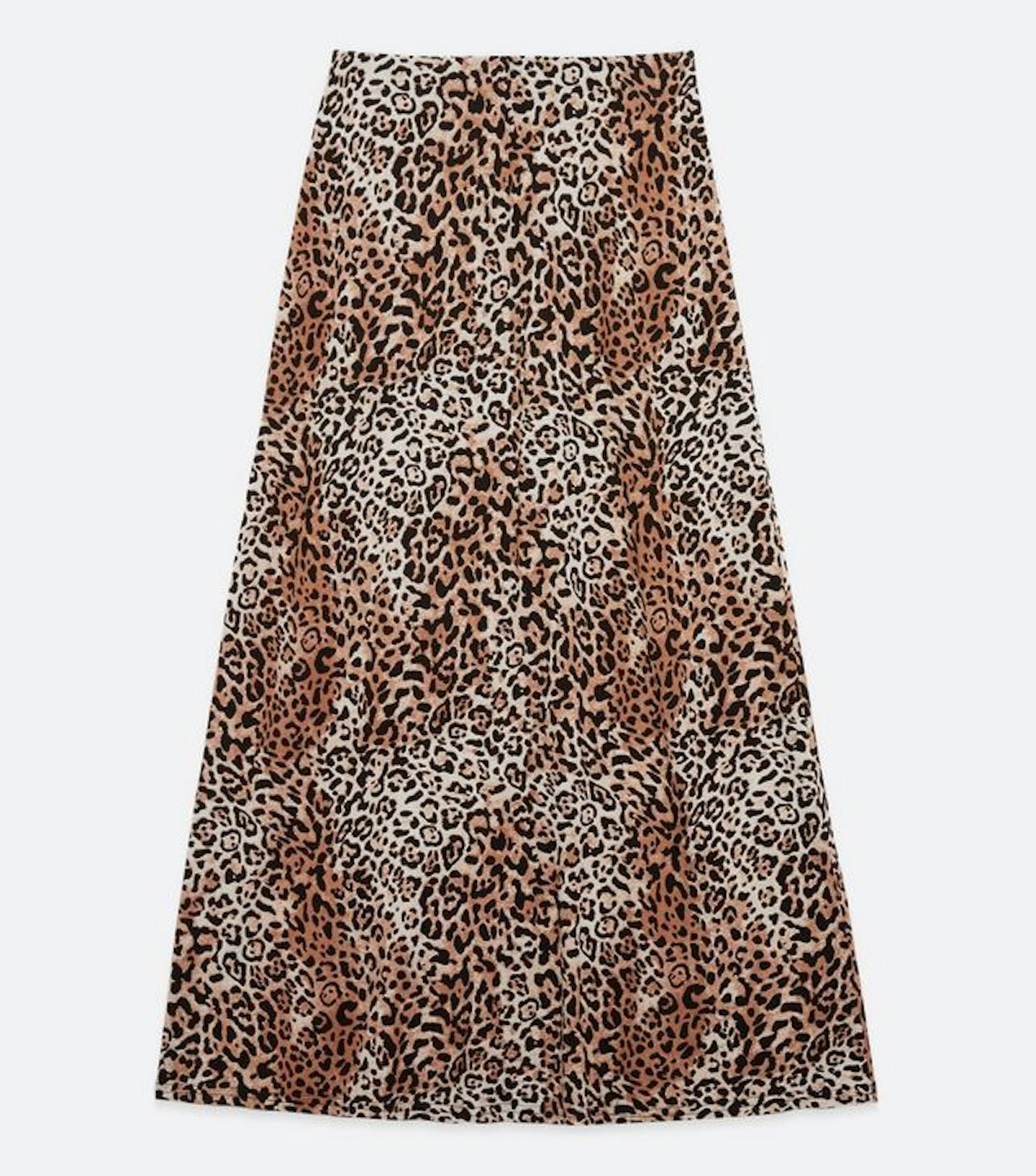 10 of 10
10 of 10